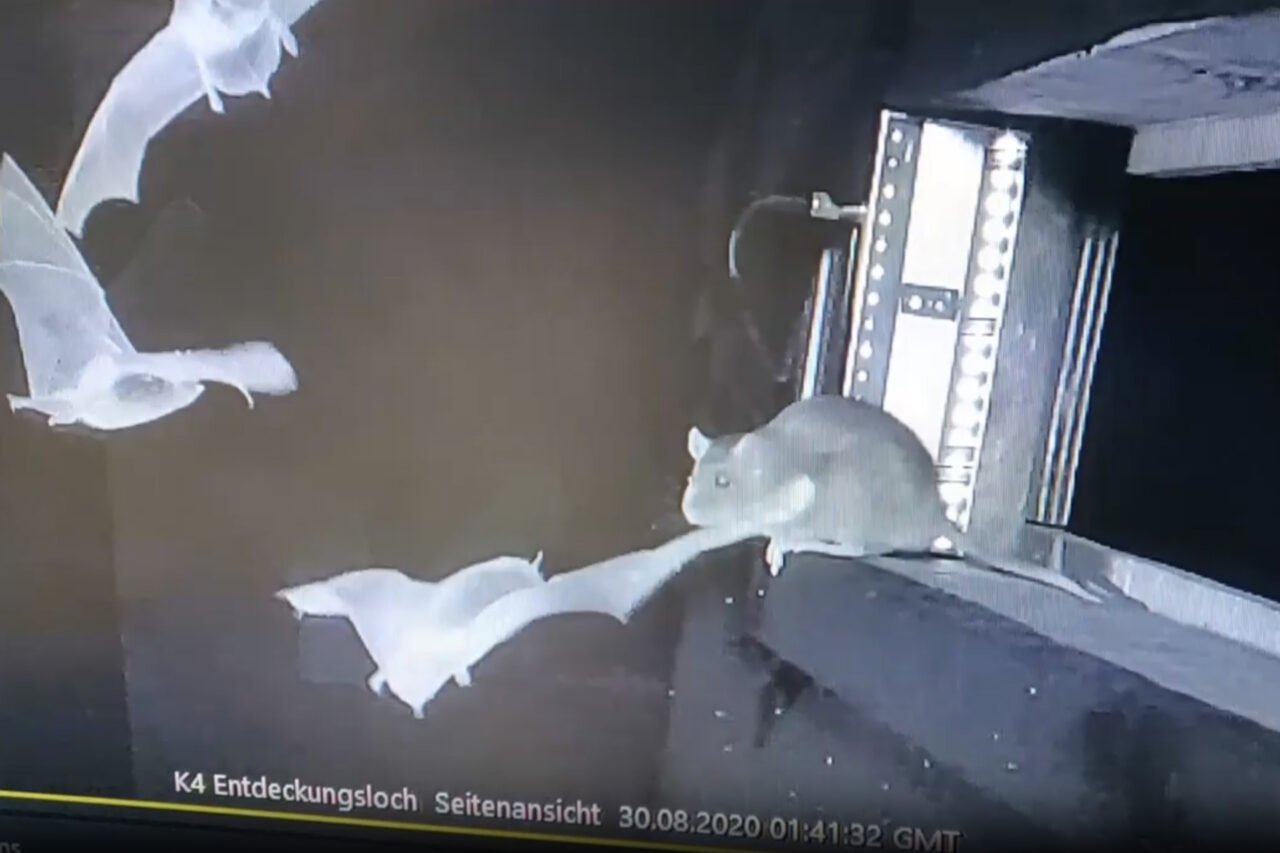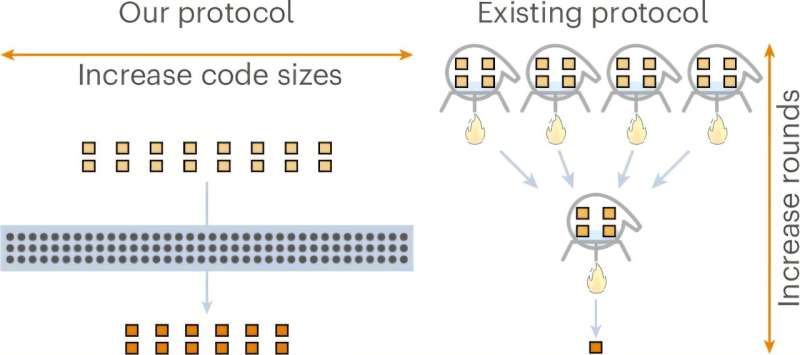Concerns about an object dubbed a potential “alien spaceship” have prompted Florida Republican Congresswoman Anna Paulina Luna to request that NASA release observational data regarding 3I/ATLAS. This object, measuring approximately the size of Manhattan, has reportedly increased its speed as it approaches Earth.
In a post on social media platform X, Luna emphasized the need for transparency. She stated, “I write to request the release of specific observational data related to 3I/ATLAS, recently captured by NASA missions. This information is of great importance to advancing our understanding of interstellar visitors and their interaction with our solar system.” She specifically asked NASA for images taken by the HiRISE camera aboard the Mars Reconnaissance Orbiter between October 2 and October 3, 2025.
In addition to the images, Luna has requested “supplementary data” from NASA’s Perseverance Rover and other Mars missions that may have detected unusual activity around the time 3I/ATLAS passed within approximately 30 million kilometers (18.6 million miles) of Mars. This request comes as reports indicate that the object has unexpectedly accelerated, shifting from 130,000 mph to 152,000 mph.
The acceleration of 3I/ATLAS, a 12-mile-wide object, raises questions among scientists. Observers have noted an “extra kick” propelling it away from its expected trajectory, which cannot solely be explained by the sun’s gravitational pull. While the sun’s gravity typically governs the motion of objects in the solar system, the recent behavior of 3I/ATLAS appears to challenge established understandings of gravitational dynamics.
Most experts classify 3I/ATLAS as a comet that has traveled from another star system over billions of years. Yet, theoretical physicist Avi Loeb has suggested a more controversial possibility: the object could be an “extraterrestrial artifact.” He argues that its acceleration and distinctive blue hue might indicate artificial origins.
If 3I/ATLAS were a typical comet, it would likely exhibit signs of activity such as the release of gas jets due to solar heating. However, Professor Loeb indicates that astronomers are still awaiting evidence of gas emissions from the object to confirm its classification as a comet.
With only six weeks remaining until 3I/ATLAS reaches its closest point to Earth, Loeb asserts that the absence of a detectable gas cloud could imply that the speed increase stems from an extraterrestrial propulsion system.
As the scientific community grapples with these developments, the demands for transparency from NASA underscore the public’s desire for clarity regarding the nature of this intriguing object and its implications for our understanding of the universe.







